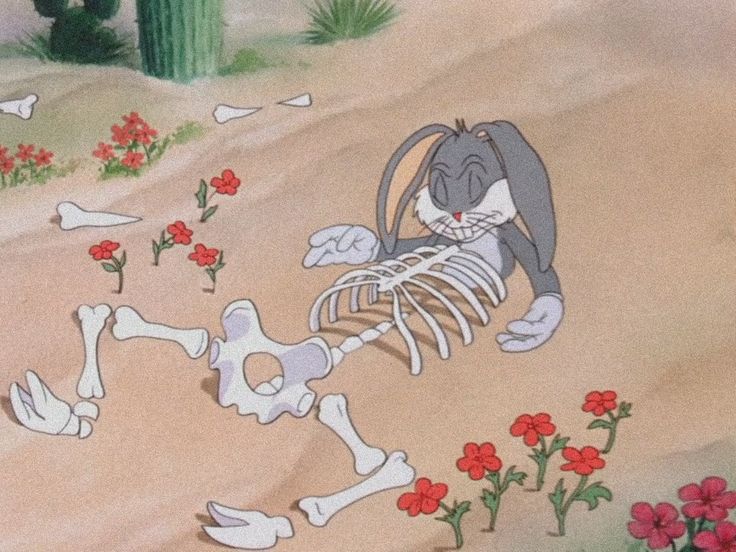
Dark Places: Part II - The Castle: The World's Fair Hotel,
NOV. 3, 2022 - May 14, 2023 @ CAPC, Bordeaux
Dark Places: Part II – The Castle, The World’s Fair Hotel is an installation in the form of a billboard, created by Cécile di Giovanni and presented at the CAPC musée d’art contemporain de Bordeaux as part of the group exhibition Barbe à Papa, curated by Cédric Fauq, held from November 3, 2022 to May 14, 2023.
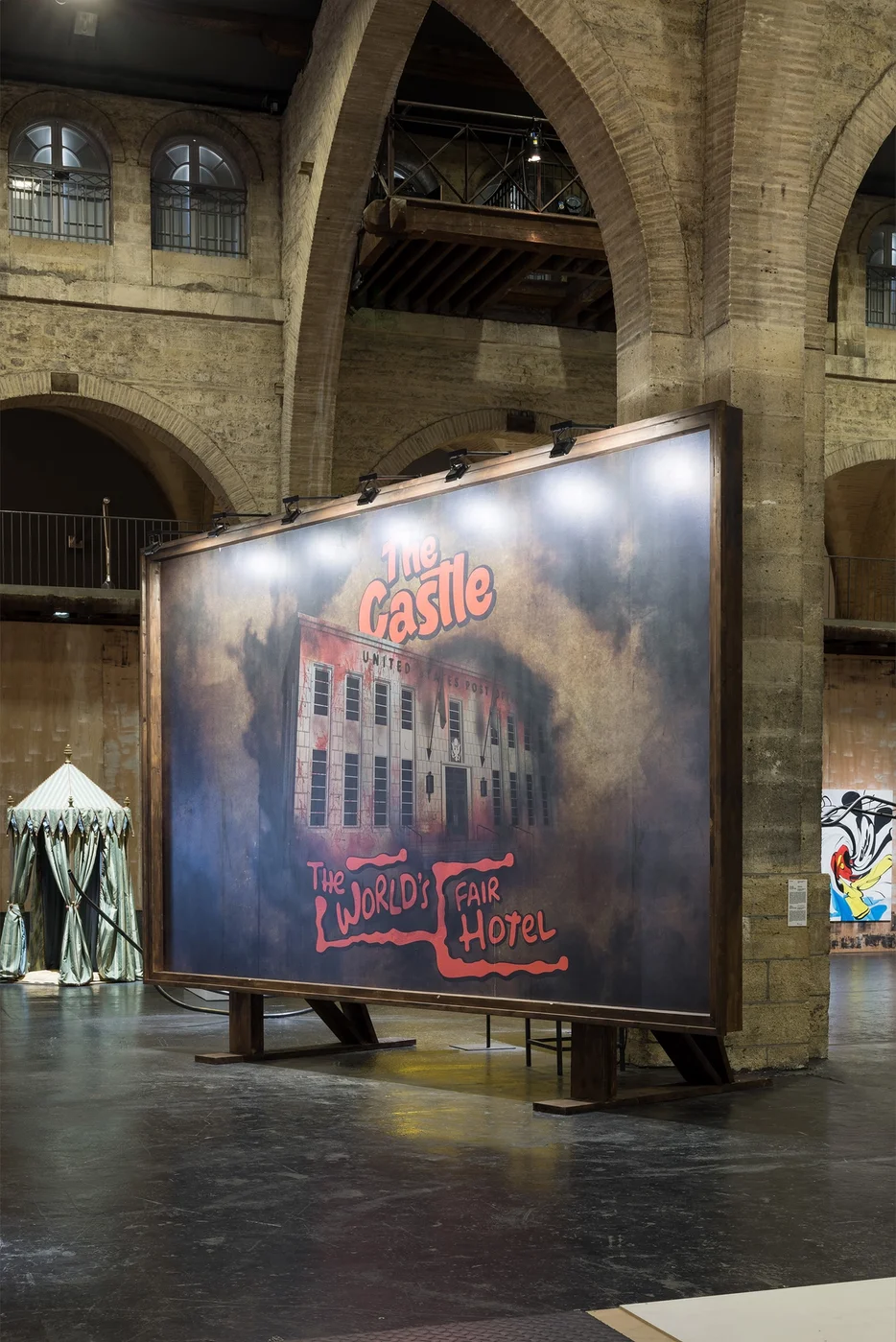
The billboard was built specifically for the exhibition. The construction took place within the CAPC, with the support of the museum’s production team.
Scoring by her converging interests for American architecture, dark tourism, and movie sets, Cécile di Giovanni turned to the World’s Fair of 1893 in Chicago. Among a swarm of human zoos, technical displays and thrill rides, a certain hotel piqued the artist’s attention. This hotel had been designed by a man who would later be regarded - and condemned - as the first serial killer in the history of the US: H.H. Holmes. The occasion of the World’s Fair provided him with an opportunity to open his own hotel - a house of unmitigated horrors - on Midway Plaisance. A bit farther along the way stood a Ferris wheel, the first of its kind. Where the hotel once stood now sits a post office. Cécile di Giovanni has designed a life-size billboard spread with a poster that could advertise for a ride, but directly refers to H.H. Holmes hotel of horrors - making use, however, of a 3D image of the present building instead of one of the hotel itself.

Barbe à Papa is an exhibition that could be defined as a travelling fairground’s shadow, slowed down and in the process of dismantling. The exhibition gathers works by more than 50 artists - sculptures, installations, videos, paintings, performances - sharing material, formal or cultural ties with fairgrounds’ components. Artworks are thus made from air, electricity, steel and plastic, but also sugar and oil.
This is the second installment of Dark Places, an ongoing, multi-chapter project by Cécile di Giovanni that explores the architectural, symbolic, and historical transformation of so-called “dark sites” in the United States. Each chapter takes the form of a site-specific installation, shaped by places marked by collective memory, popular narratives, or invisible trauma.
Holmes Castle

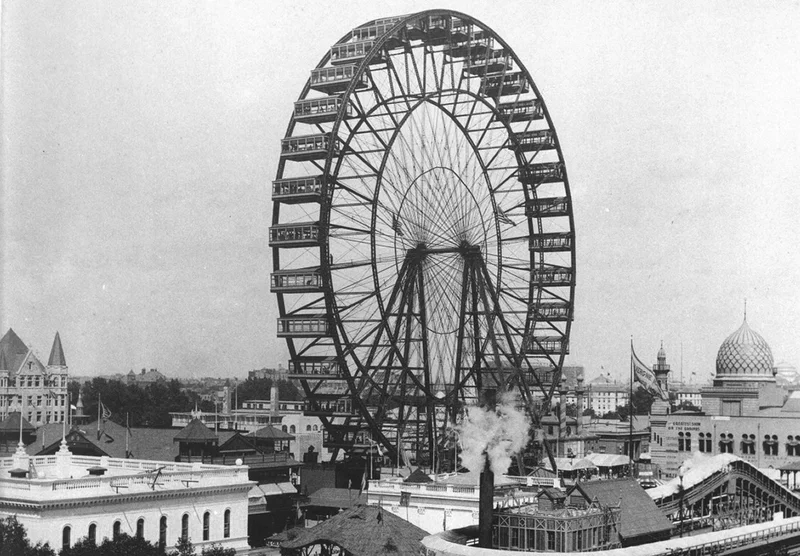
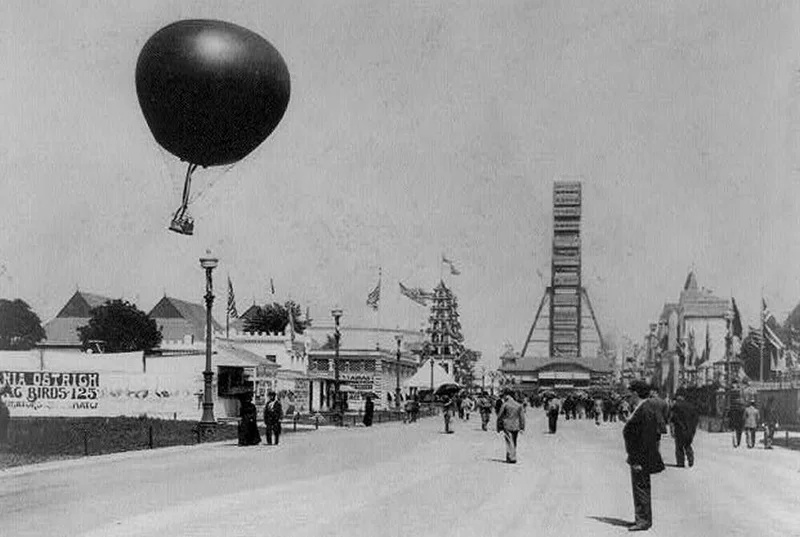
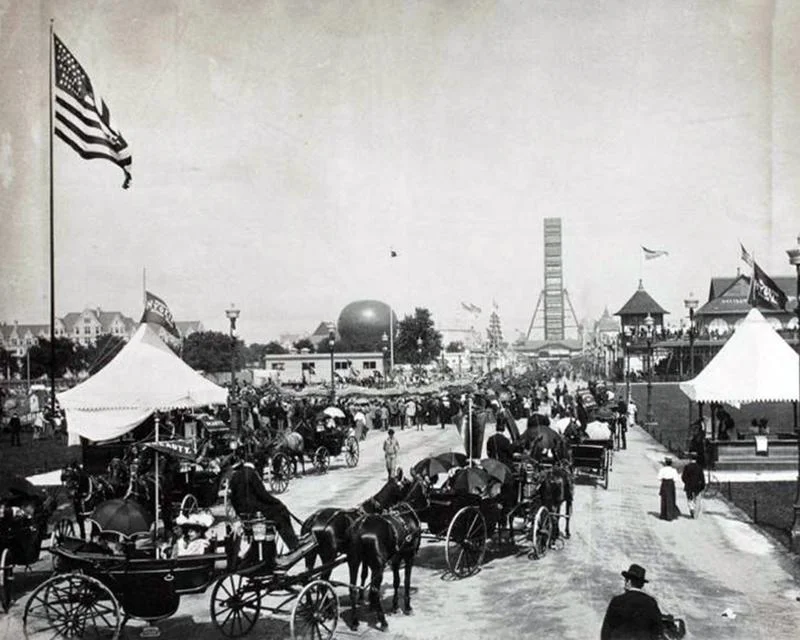
For the creation of her work, di Giovanni drew inspiration from the story of H. H. Holmes and his so-called “hotel of horrors.” Often considered the first serial killer in U.S. history, Holmes is believed to have murdered between 27 and 100 people between 1888 and 1894, with some estimates placing the number of victims closer to 200. He built a hotel — soon nicknamed “The Castle” due to its massive scale — which opened during the 1893 Chicago World’s Fair.
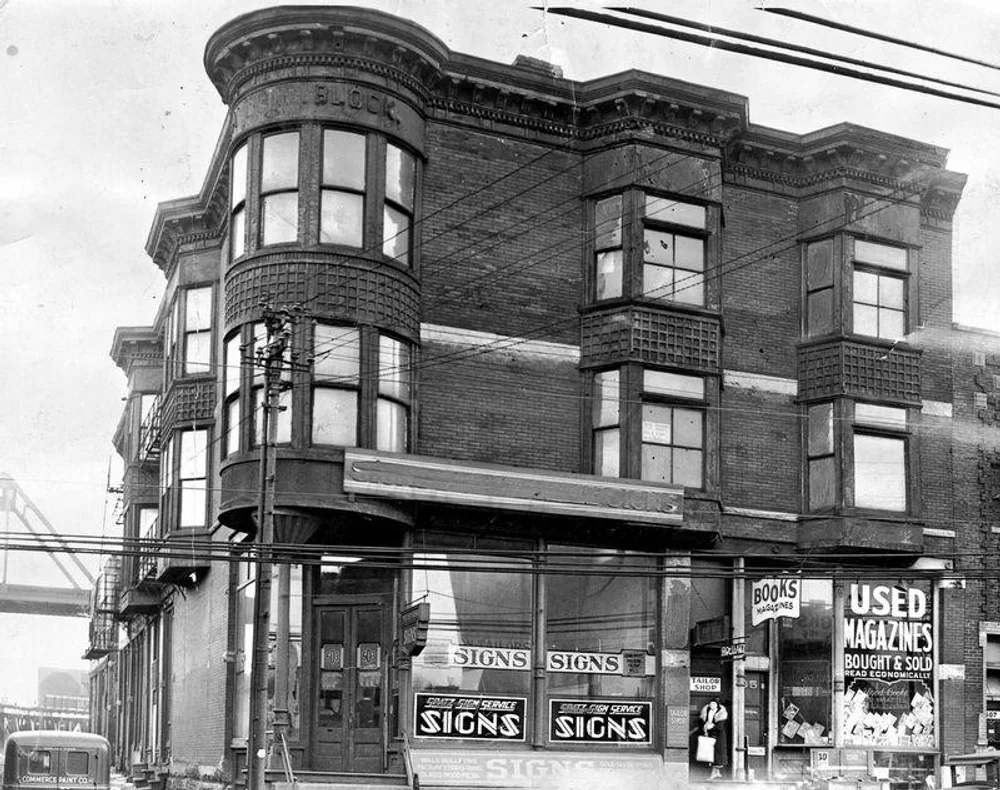
In addition to the ground-floor shops, visitors could rent rooms in the hotel, unaware that the space had been entirely conceived by Holmes to conceal its sinister purpose. To ensure that no one would uncover the full layout or his intentions, Holmes regularly replaced the team of workers during construction, making sure that he alone possessed the complete plans.
The Post Office
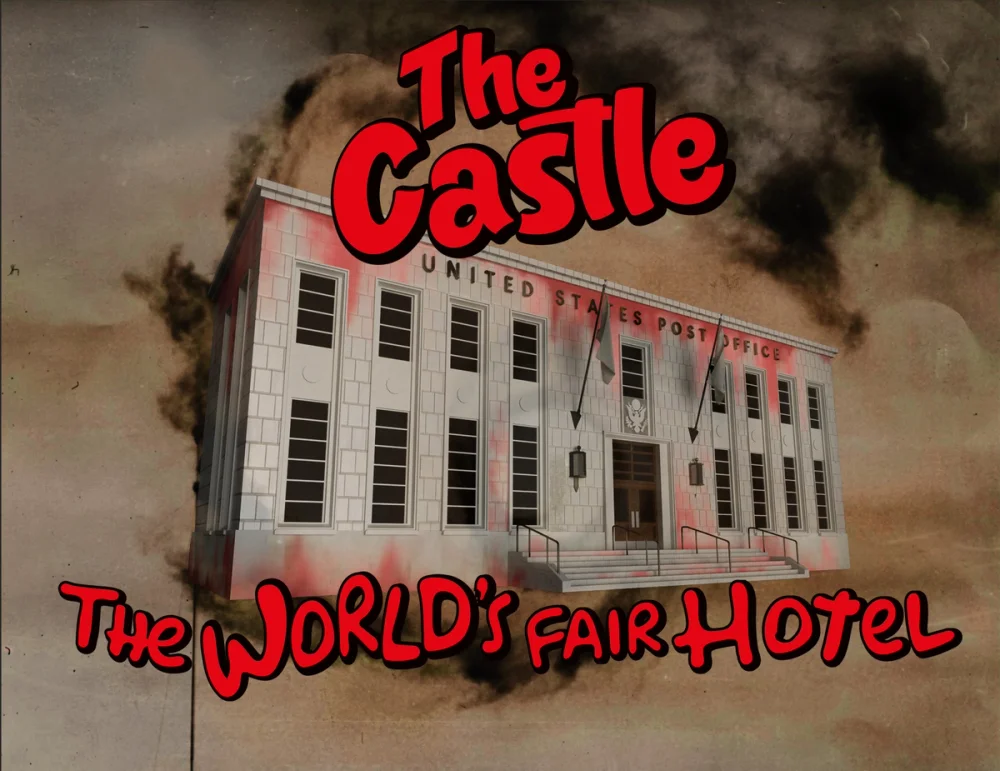
The building depicted on the billboard poster is a post office, designed in 3D and directly inspired by the real Englewood Post Office, which now partially occupies the original site of Holmes’ hotel.

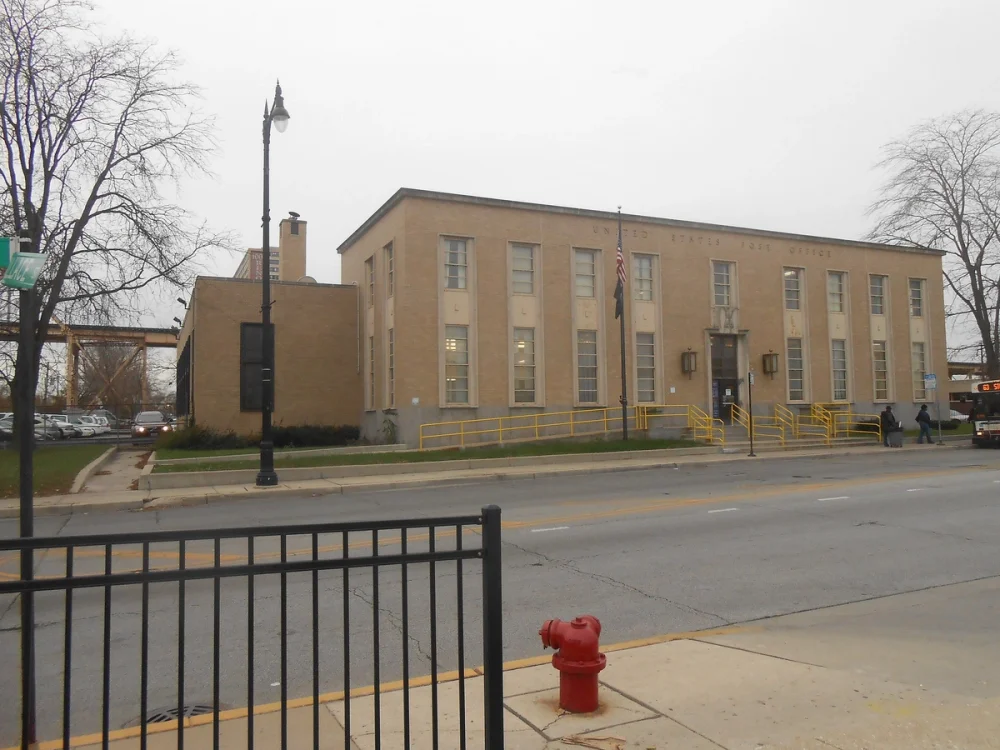
These two images show the real post office that now partially occupies the former site of the hotel, located in the Englewood neighborhood of Chicago.
“The Castle” was partially destroyed by a suspicious fire in 1895, and fully demolished in 1938. Over the years, rumors have circulated about preserved underground tunnels beneath the post office and reports of paranormal activity — all of which continue to fuel the collective imagination surrounding the site.
The Floor's drawing
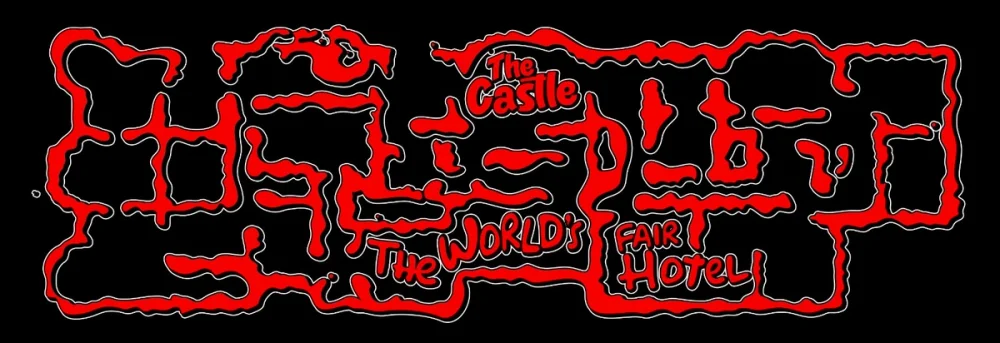
At the outset, Cécile di Giovanni’s intervention was conceived as a pathway traced onto the museum floor. The concept centered on creating a drawing based on the architectural plan of the Holmes Hotel, using either its original measurements or, at the very least, a compilation of all dimensions available online. Notably, Holmes’ hotel had a unique characteristic: the original blueprint was kept secret, known only to Holmes himself. He intentionally hired multiple architects to prevent anyone from fully understanding his true intentions.
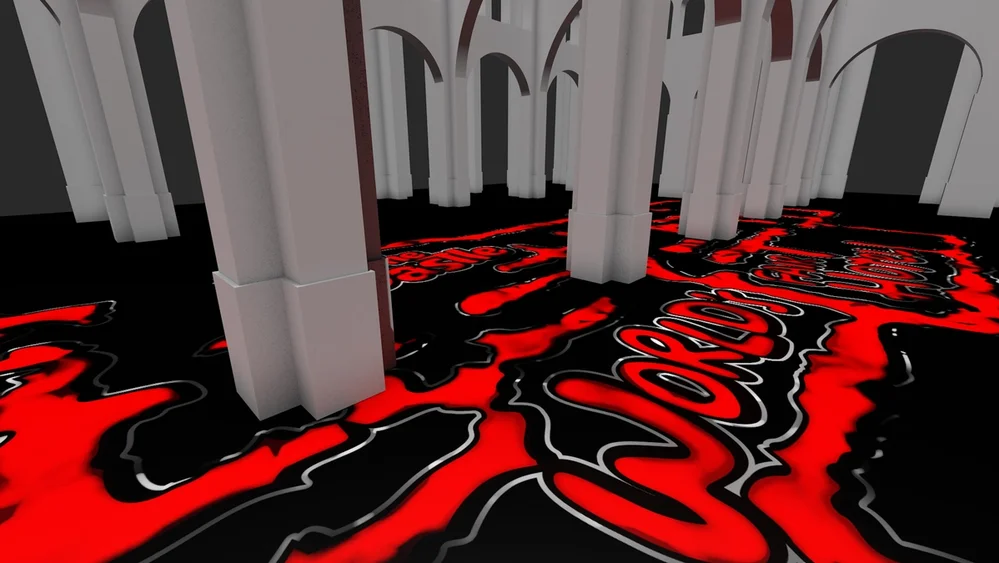

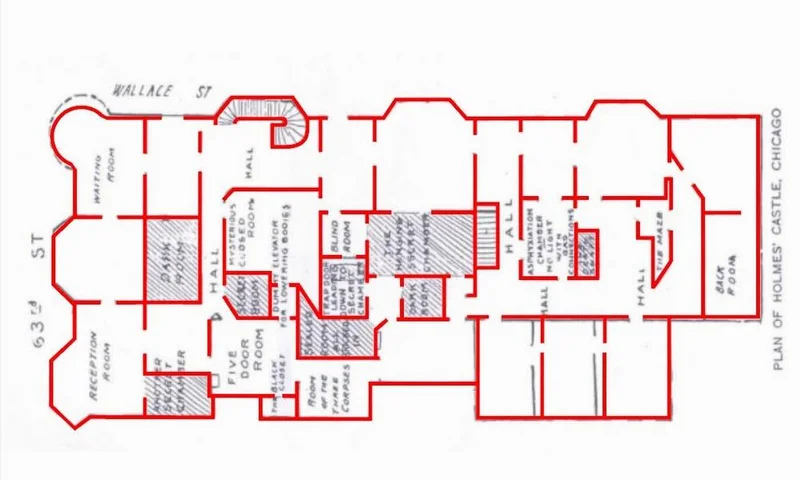
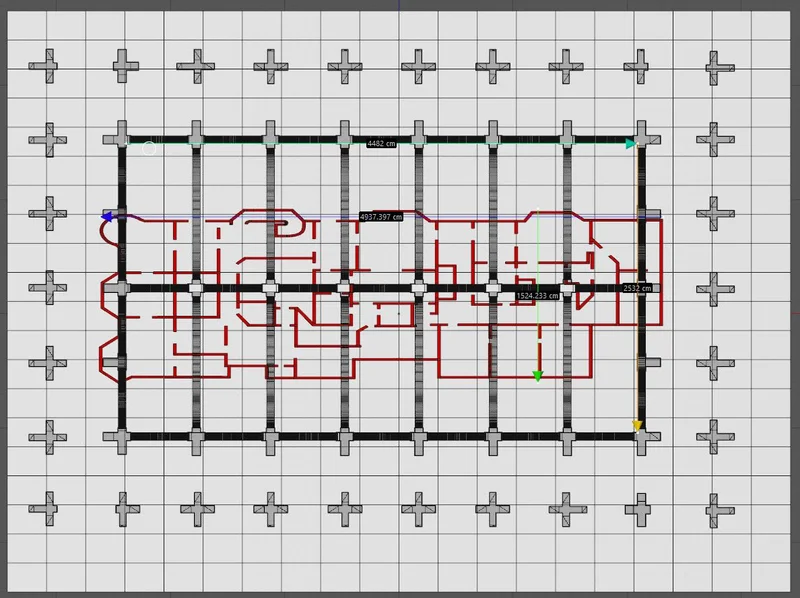
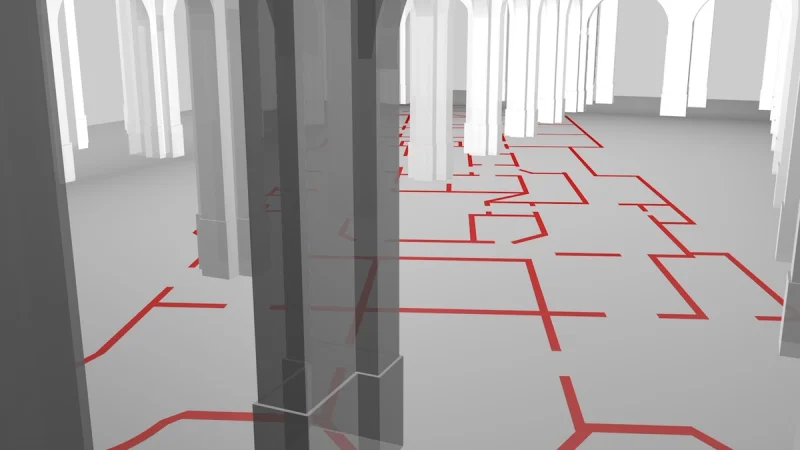
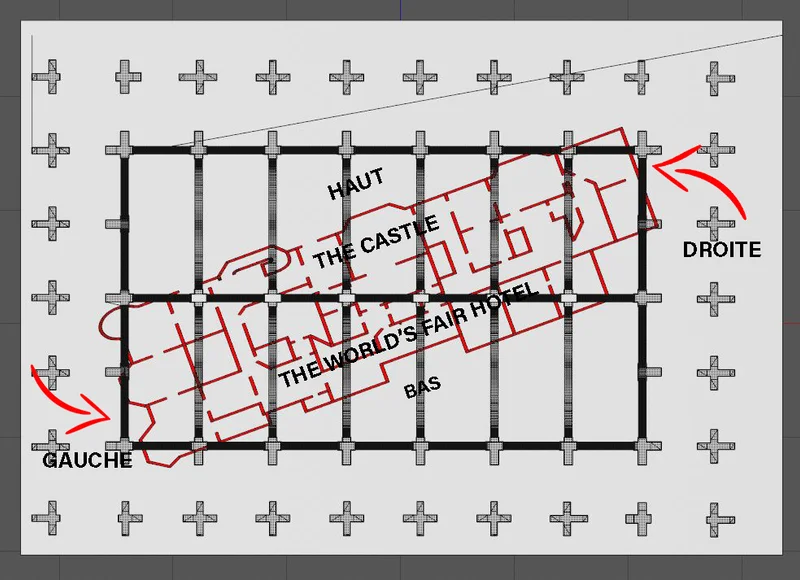
However, the floor drawing proved too intrusive, conflicting with the works of other artists on display. As a result, Cédric Fauq and Cécile di Giovanni decided to explore an alternative installation concept, which ultimately led to the billboard presented during the exhibition. This initial idea remains significant, as the logo featured on the billboard’s print originates directly from the research Di Giovanni had conducted while developing the floor path.
The Billboard
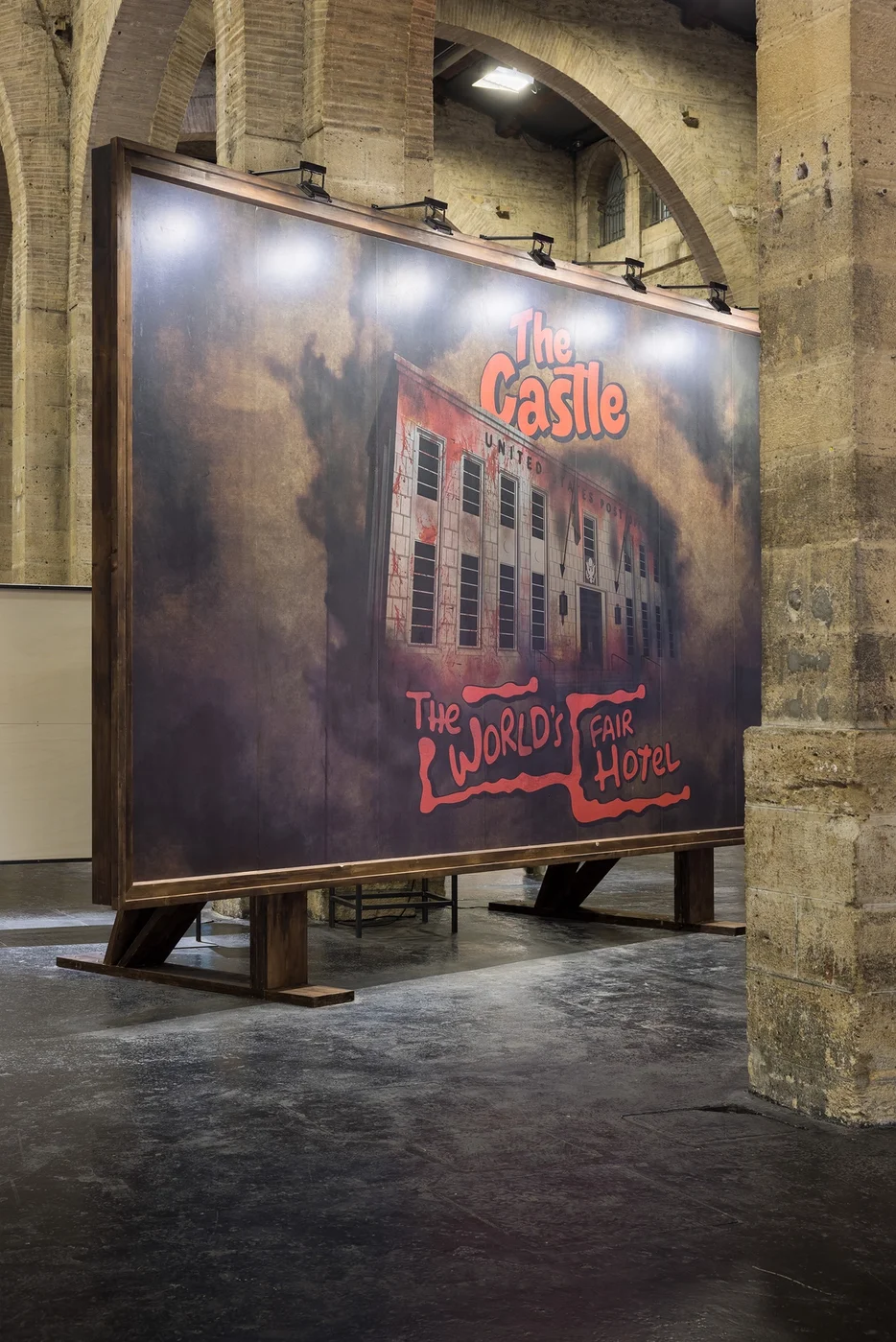
As a medium rooted in visibility and public display, the billboard becomes both a surface of projection and a critical tool — echoing the way true crime narratives are sensationalized, commodified, and absorbed into popular culture.
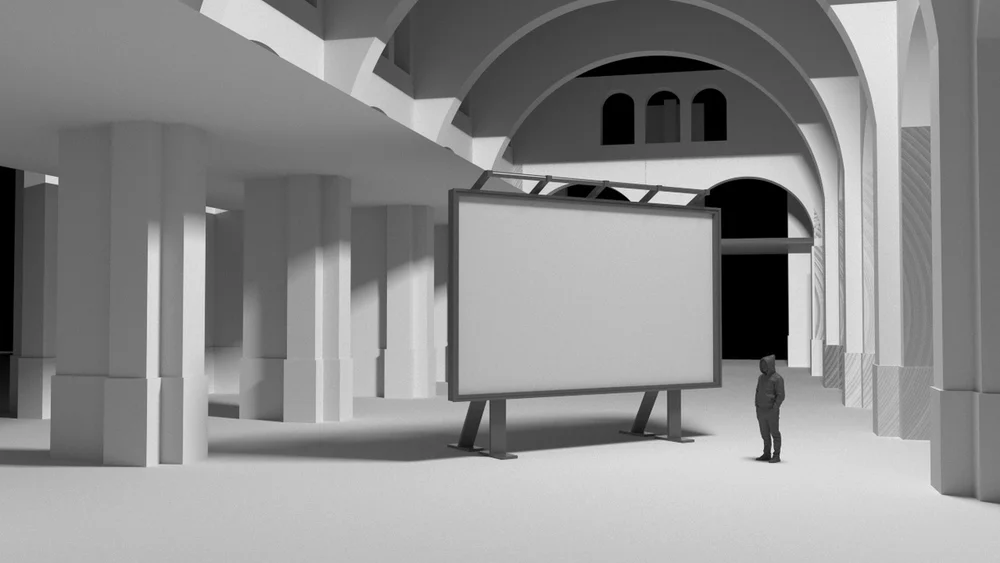
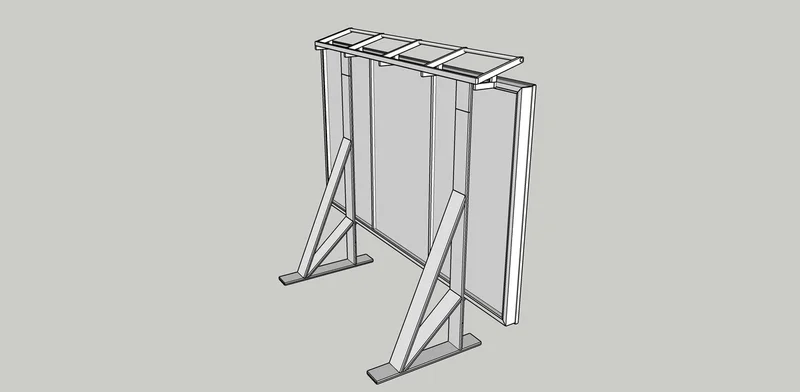
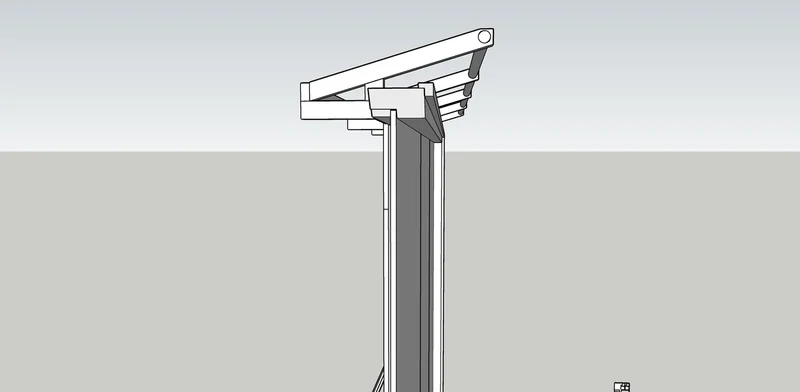


The scale of the billboard was designed to echo and engage in dialogue with the architecture of the museum itself — particularly its height. As a result, a substantial size was chosen for the billboard, measuring 6 meters wide by 3.65 meters high.


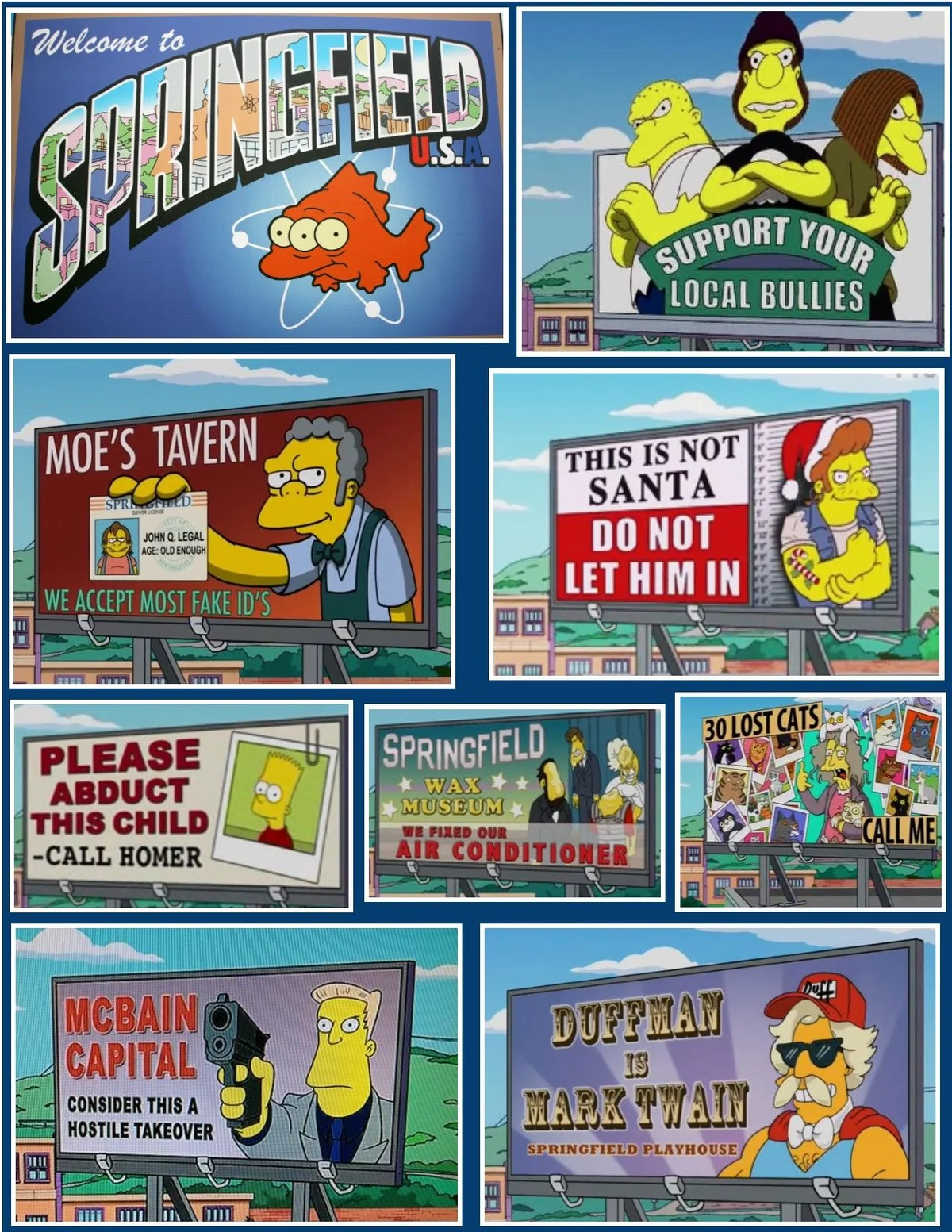

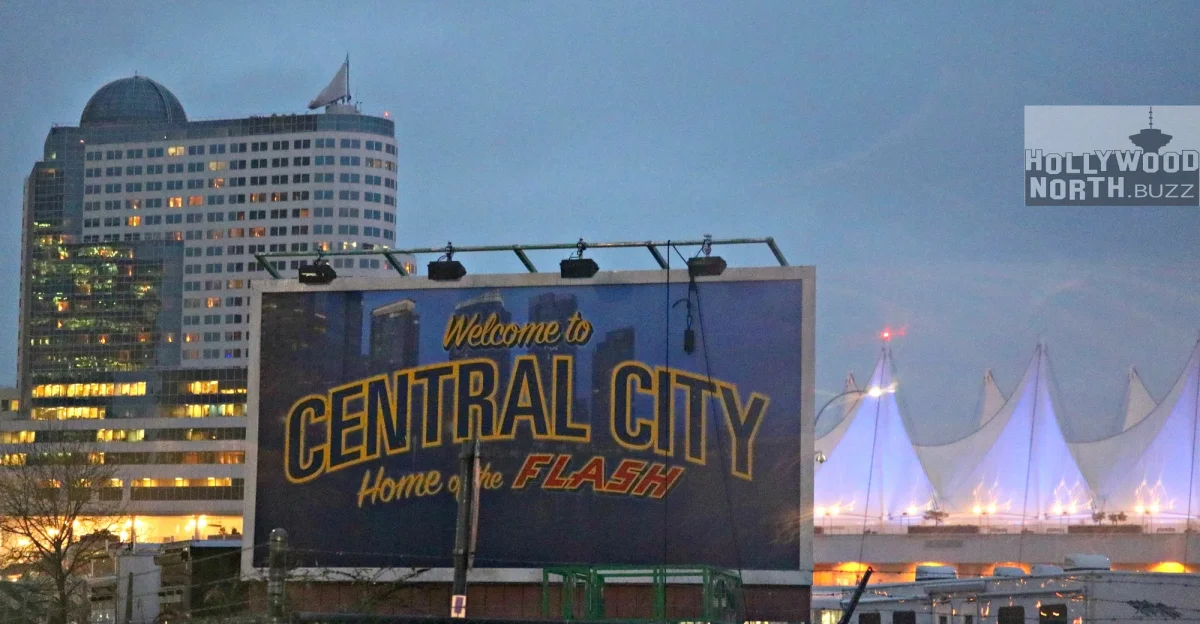
Its style and geometric form borrow visual codes from the archetypal American billboard — the kind we imagine and see represented in films and cartoons. Creating a billboard within this work allows for a direct dialogue with strategies of spectacle, advertising, and cultural myth-making.
The Billboard's Print
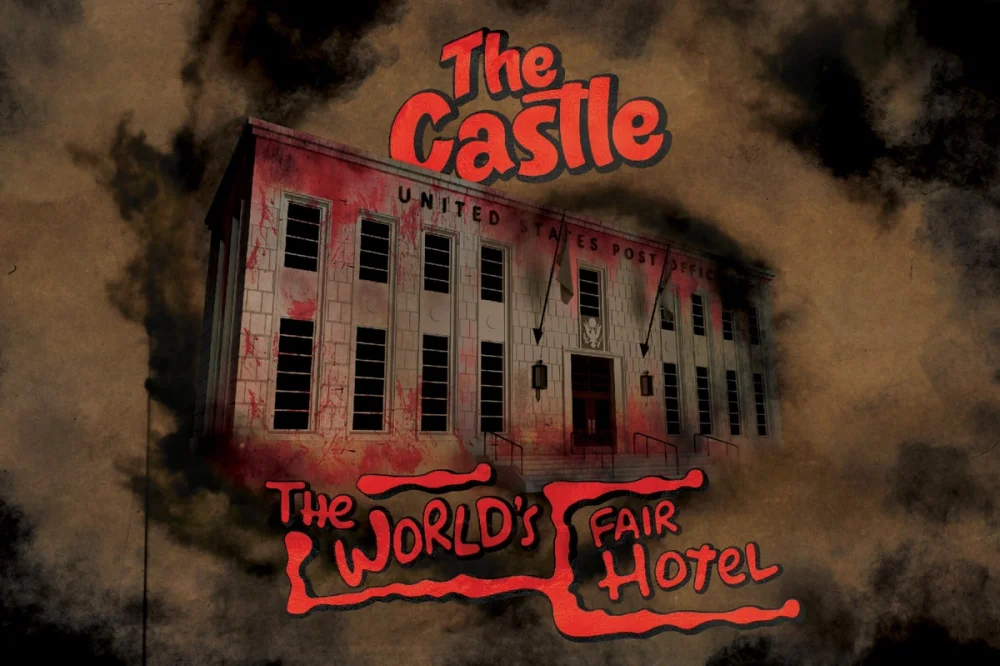
To create the poster’s visual, Cécile di Giovanni drew inspiration from a variety of sources. She aimed to evoke the atmosphere of an amusement park or a haunted house — emphasizing how this story has been repeatedly displaced and reappropriated in popular culture since the 20th century.


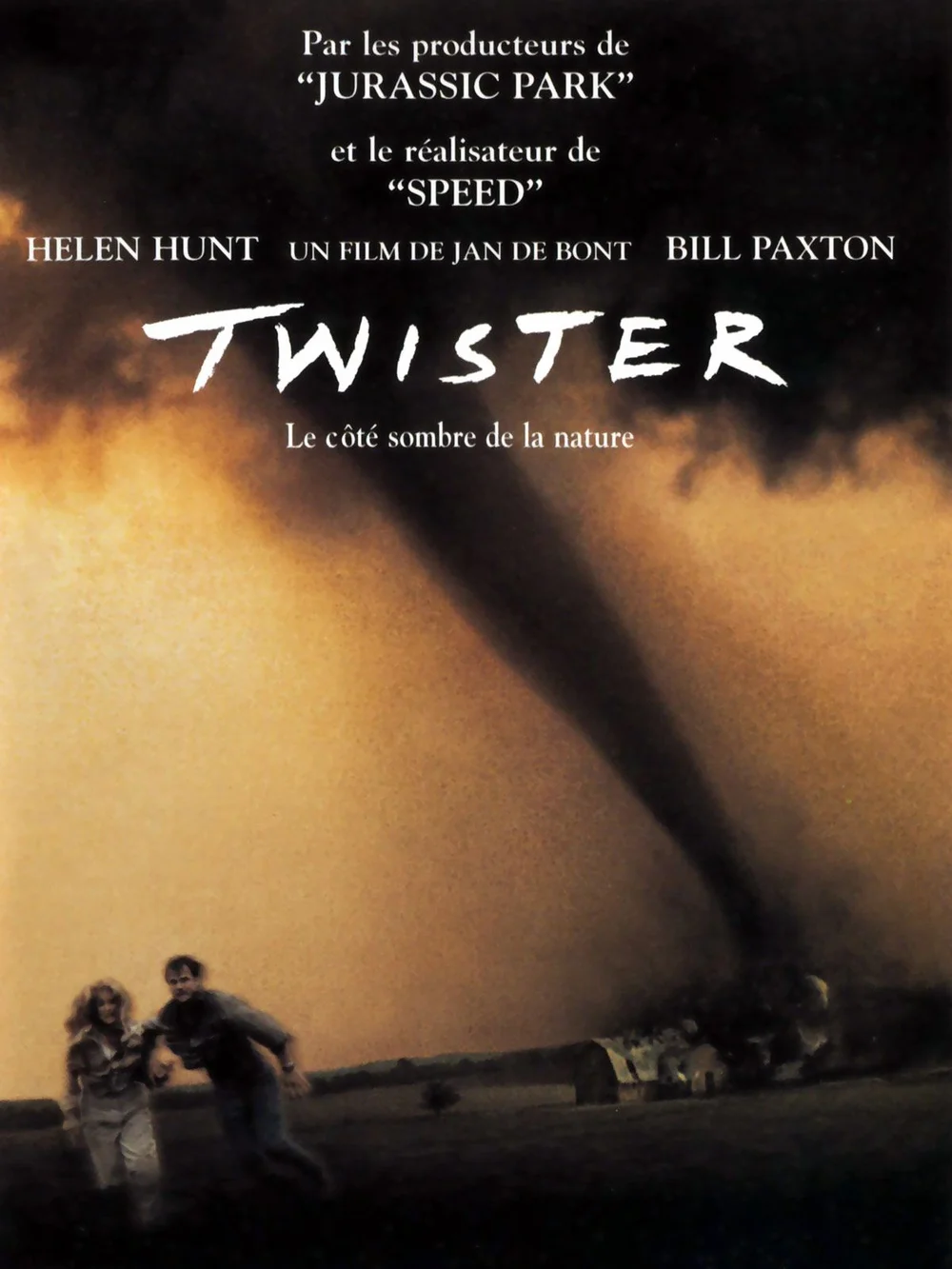

Examples of visual references used for the creation of the poster featured on the billboard. While rooted in a ’90s-inspired imaginary — blending cartoons and horror films like The Simpsons, Twister, and Resident Evil — it also incorporates more recent visual elements, like the blood-house featured in film Nope, expanding the timeline of influence.
From there, it was simply a matter of assembling the different elements: the post office, the logo, and the various backgrounds — all coming together to create the visual featured on the billboard poster.



merchandising
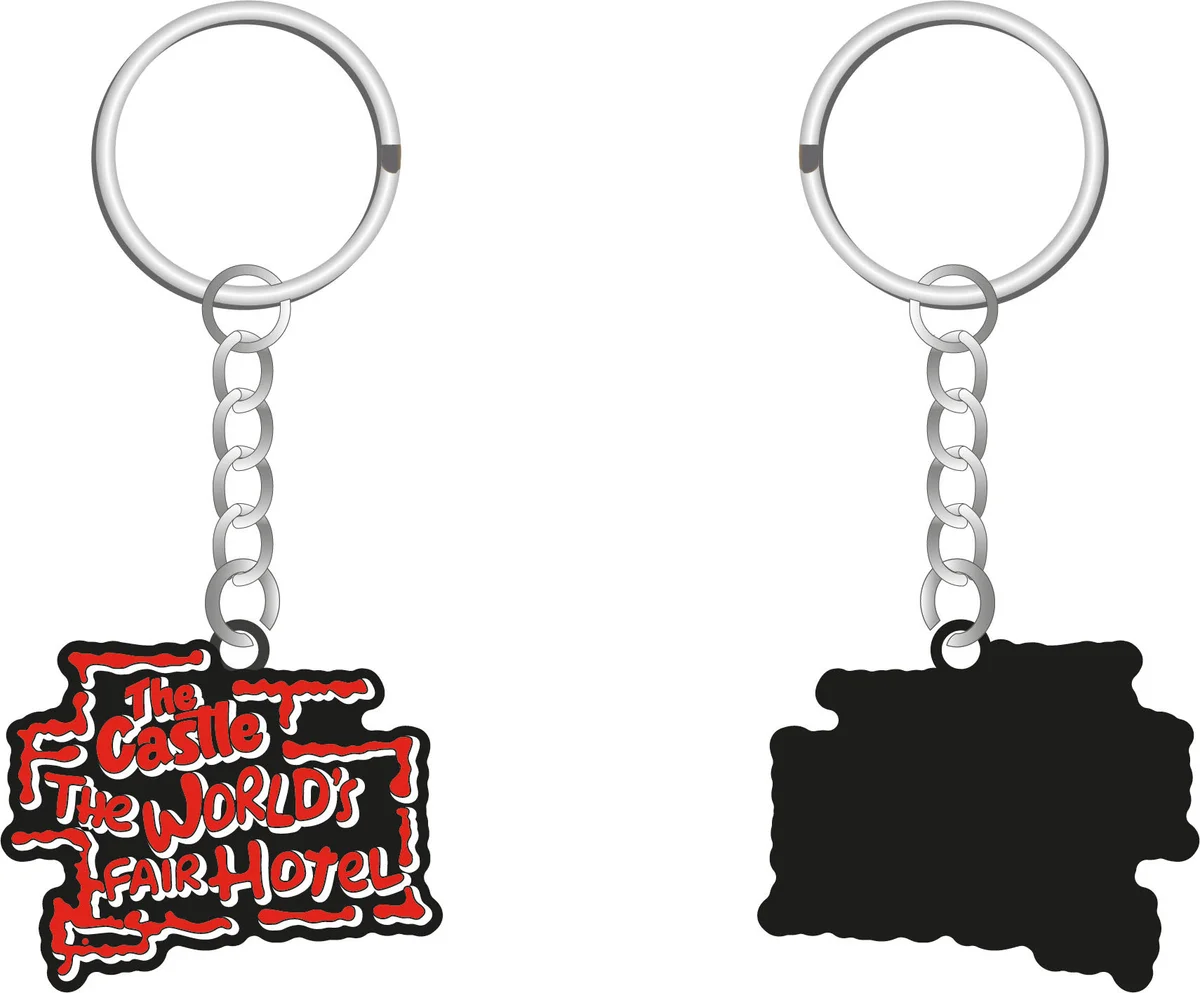
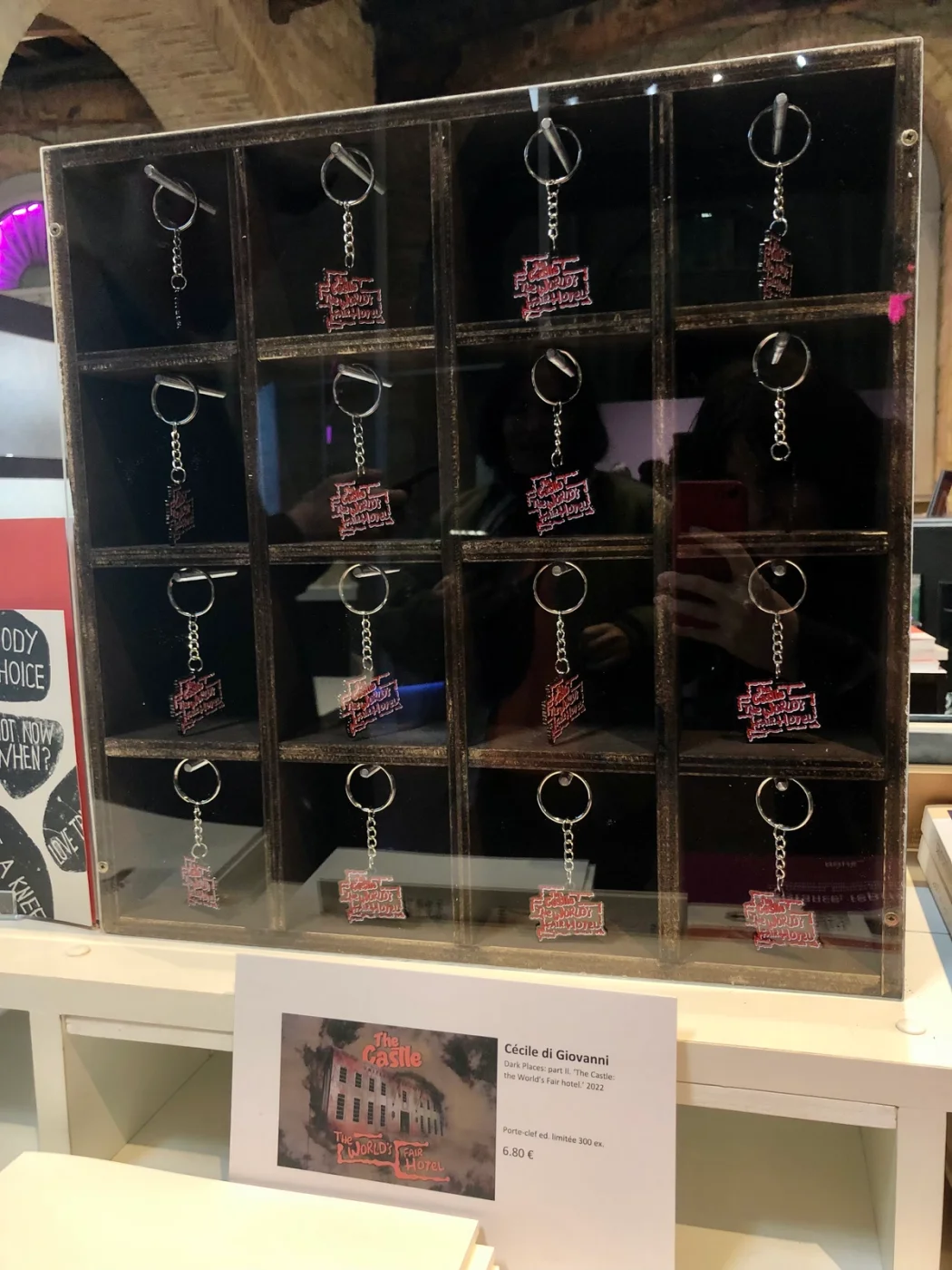
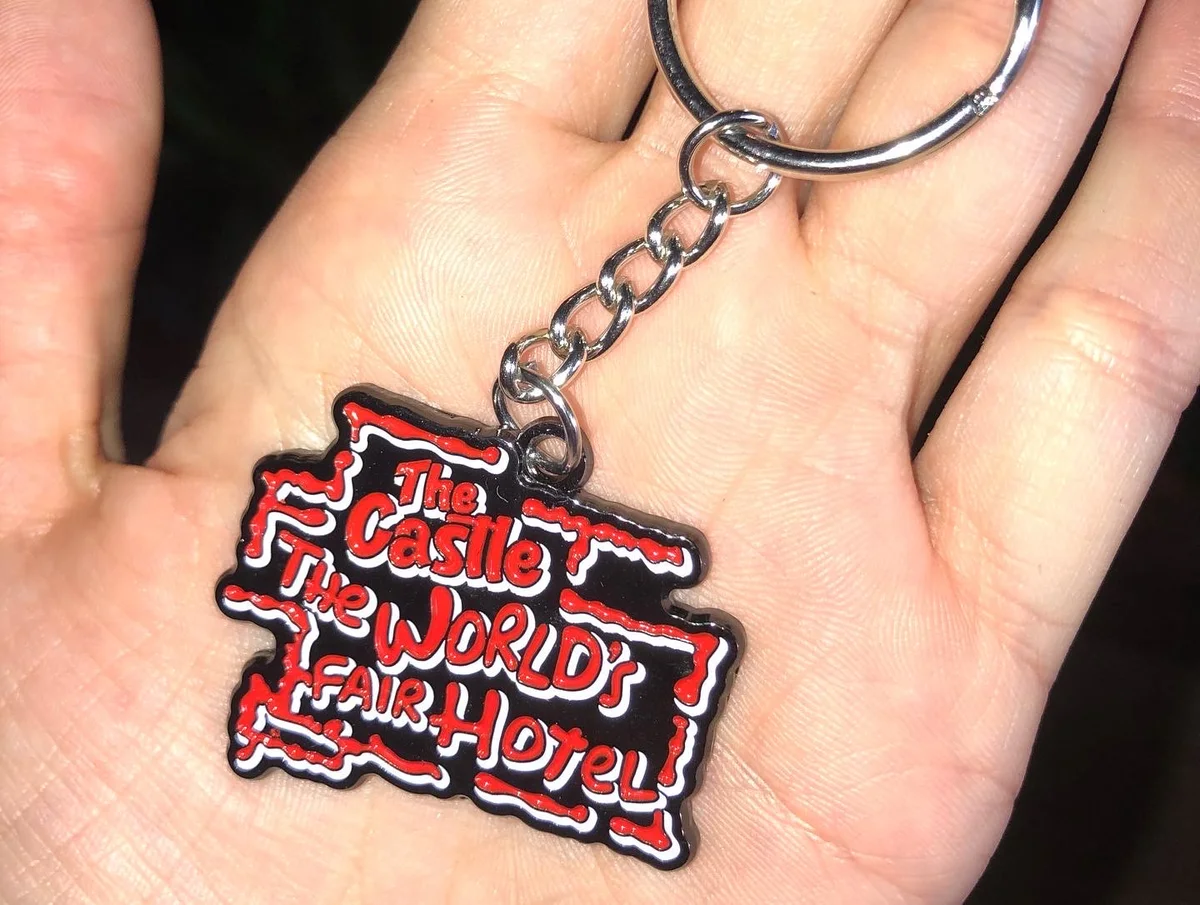
di Giovanni and the CAPC produced a limited edition series of keychains, featuring the original drawing created for the floor marking. The keychains are available for purchase at the museum shop. They are displayed inside a custom-built key box designed especially for the occasion.
